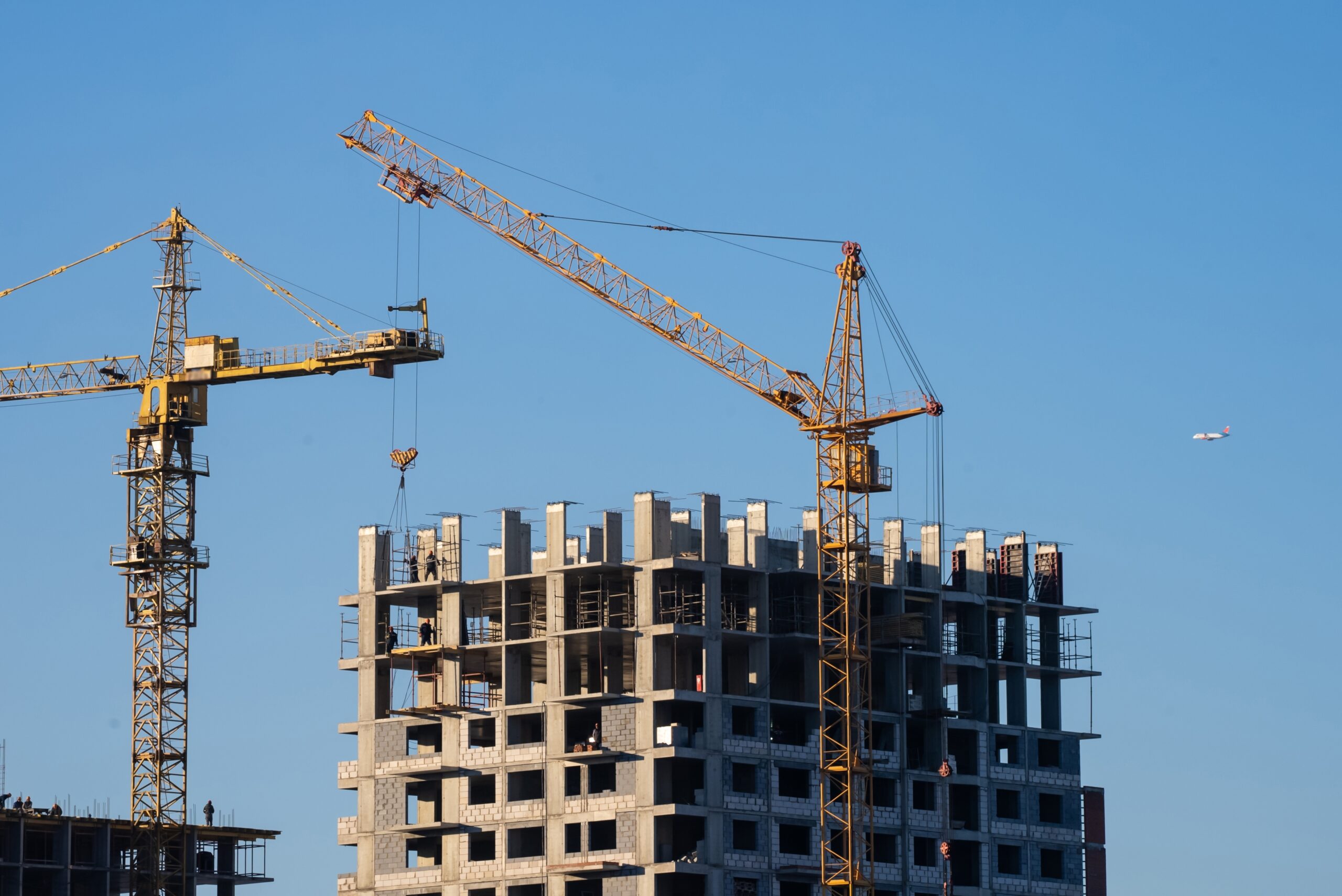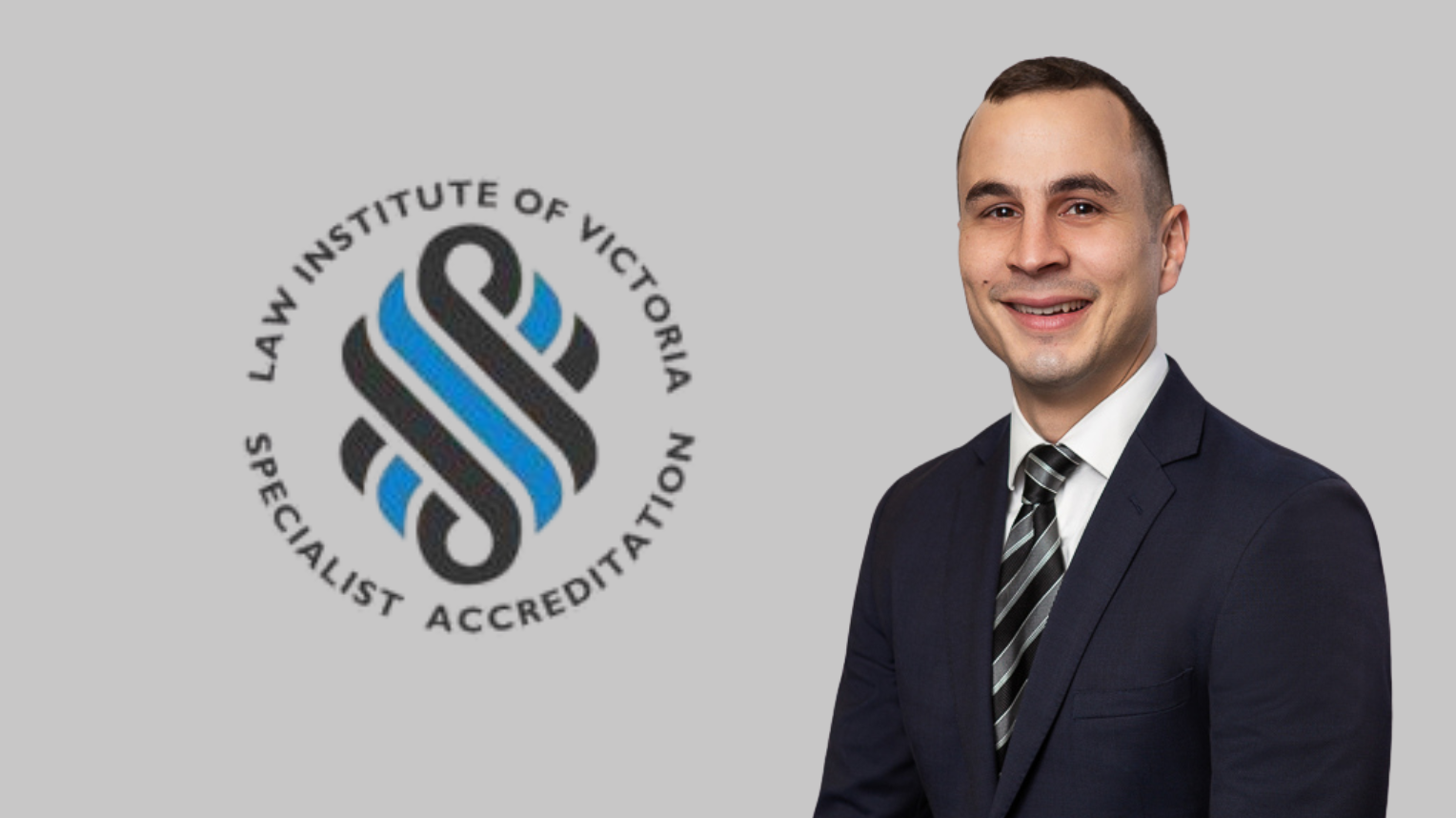Subscribe
Binding nominations play a critical role in ensuring superannuation death benefits are distributed according to your wishes
Your superannuation is your nest egg. You have saved, planned and nurtured it throughout your working life. But what is the most effective way to ensure it is passed on according to your wishes? Should you consider a binding death nomination? And if you have a self-managed superannuation fund (SMSF), are there additional considerations or obligations?
What are superannuation death benefits?
Superannuation death benefits are paid from the leftover superannuation in your account at the time of your death. Many superannuation funds will allow you to nominate who will receive the benefits (the beneficiaries).
What is a binding death nomination?
A binding death nomination (BDN) is a written direction to your superannuation fund with your direction as to how to distribute your superannuation death benefits.
A BDN is binding on the superannuation fund’s trustees if:
- The fund allows BDNs; and
- The BDN complies with legal requirements; and
- The BDN hasn’t expired.
Importantly, your superannuation cannot be distributed via your will. So if you want to direct the superannuation fund as to what happens to your superannuation after you die, you need to consider a BDN. It is a powerful tool because even the Australian Financial Complaints Authority (AFCA) cannot change a valid BDN. Nor can a valid BDN be changed by a court order.
What is a non-binding death nomination?
On the other hand, some people decide to make a non-binding death nomination. This type of nomination is a suggestion rather than a direction to the trustee of the superannuation fund. The fund’s trustees can consider your wishes in a non-binding death nomination, but they exercise discretion about who gets your superannuation benefits. Some people may choose non-binding nominations if:
- They feel the nomination would more accurately reflect their wishes at the time of death; or
- They would prefer a nomination that does not expire; or
- There is good reason for leaving the distribution decision to the superannuation fund’s trustee.
What are the legal considerations for BDNs?
If a superannuation fund allows BDNs, Australian laws impose specific requirements to ensure they’re valid and binding. BDNs must:
- Be in writing
- Be correctly signed, dated and witnessed
- Specify what percentage of the death benefit will be distributed to each beneficiary (with the total of all parts adding up to 100 per cent).
Further, the nominated beneficiaries must be financially dependent on you, for example, your spouse or child. Our Superannuation Disputes page sets out the legal tests for dependants.
BDNs usually expire after three (3) years and once the BDNs expire, they are no longer bind the fund’s trustees. Because some superannuation funds have different expiration periods, you must check when your BDN expires and update it if necessary.
The bottom line is this: a BDN that doesn’t meet the legal requirements is not valid and not binding.
What happens if I die without a valid BDN?
If your BDN is invalid or has expired at the time of your death, the trustee will use the fund’s rules and relevant laws to decide who receives your superannuation death benefit. If there are several eligible recipients, there is no guarantee that the benefit will be paid to the beneficiaries you would have nominated. It means you have significantly less control over the distribution.
What happens with SMSFs and BDNs?
For SMSFs, there are a couple of significant differences regarding BDNs. Depending on the terms of the trust deed:
- BDNs don’t expire; and
- You can nominate a wider range of beneficiaries (dependants, non-dependants and your legal personal representative).
In its 2022 decision (the Zuda case), the High Court found that, depending on the SMSF terms and conditions, SMSF members can make BDNs that do not expire and do not need to be witnessed. In other words, the BDN is valid as long as it meets the trust deed requirements, even if those requirements are more relaxed than usual.
What other issues arise if there is no valid BDN?
Other issues may arise if the BDN is invalid or does not exist. For example, the fund may conduct further investigations to identify the beneficiaries.
Some people may also consider challenging the trustee’s decision. If this happens, the trustee must decide whether to allow the challenge within a specific time, usually up to four weeks. Then the complainant may appeal to AFCA.
AFCA will typically look at the relationship between the deceased person and the complainant, with factors including:
- Living arrangements
- Financial circumstances
- Caring arrangements
- The nature of the relationship
- Whether there are any dependant children.
How can I ensure my superannuation death benefits are distributed according to my wishes?
The most important factor for death benefits distribution is to have a valid BDN.
It means checking your fund’s BDN requirements, for example:
- When your BDN expires
- Who are your nominated beneficiaries
- Whether your nominated beneficiaries continue to meet the criteria for being your dependant, especially when the BDN is nearing expiry
- Whether the BDN meets other legal requirements
If in doubt, arrange to make a new BDN.
If you have an SMSF, ensure your BDN complies with the trust deed, especially regarding non-lapsing BDNs and any witnessing requirements. If witnesses are not required, seek legal advice about whether it would be prudent to have the BDN witnessed. One example may be mental impairment, such as early dementia.
The final word
BDNs are widely recognised as an effective and efficient way to ensure superannuation death benefits are distributed according to the deceased person’s wishes. However, they should not be treated as a “set and forget” mechanism. The three-year life of super fund BDNs exists so you can regularly reconsider your nominations and make any changes according to your circumstances and wishes. SMSFs offer more freedom (subject to the trust deed requirements), however they may pose more risk if BDNs are non-lapsing.
Subscribe




